Mira Andres Channels The Old Story of ‘The Black Crows of Borth’ in Beautiful Photographs
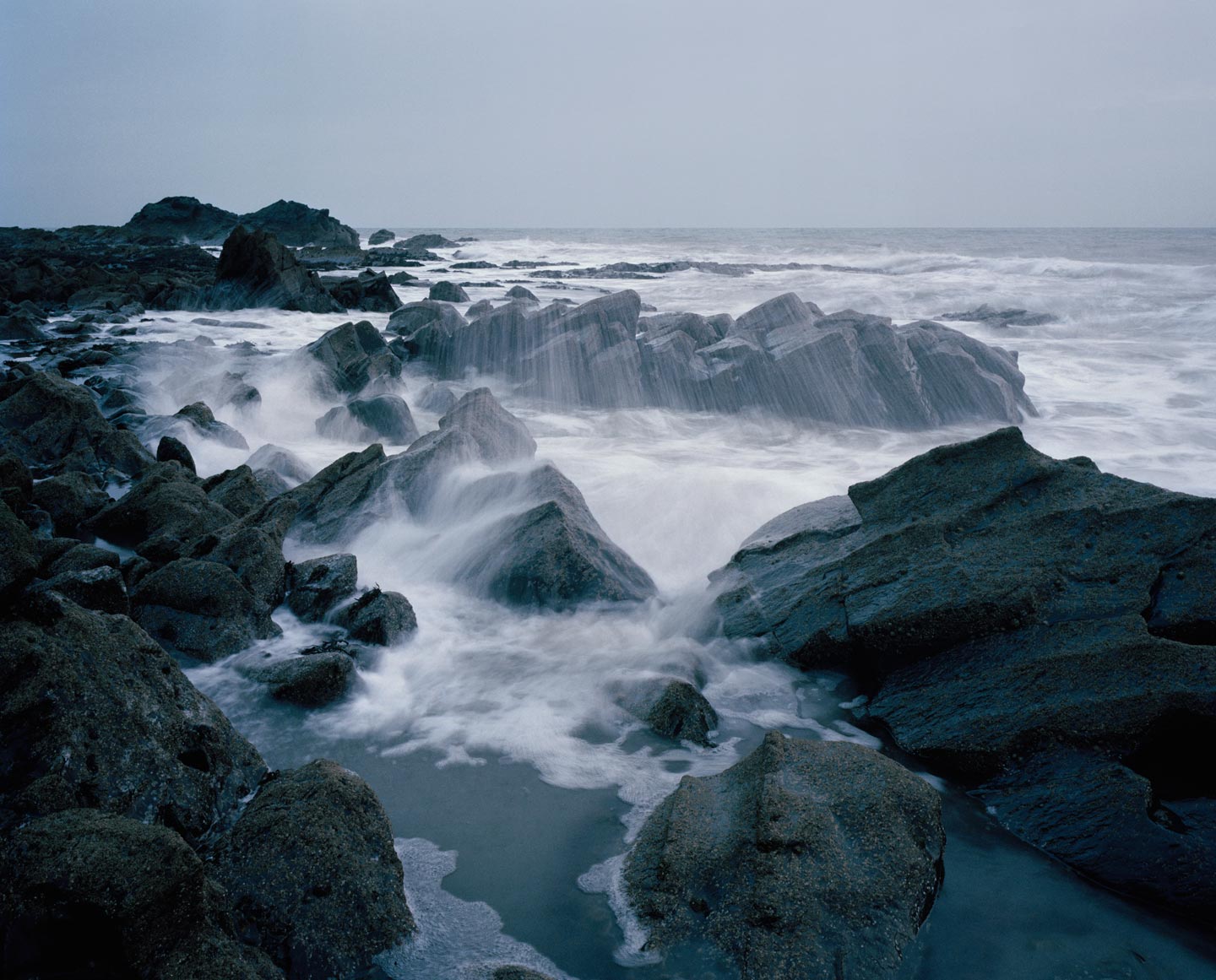
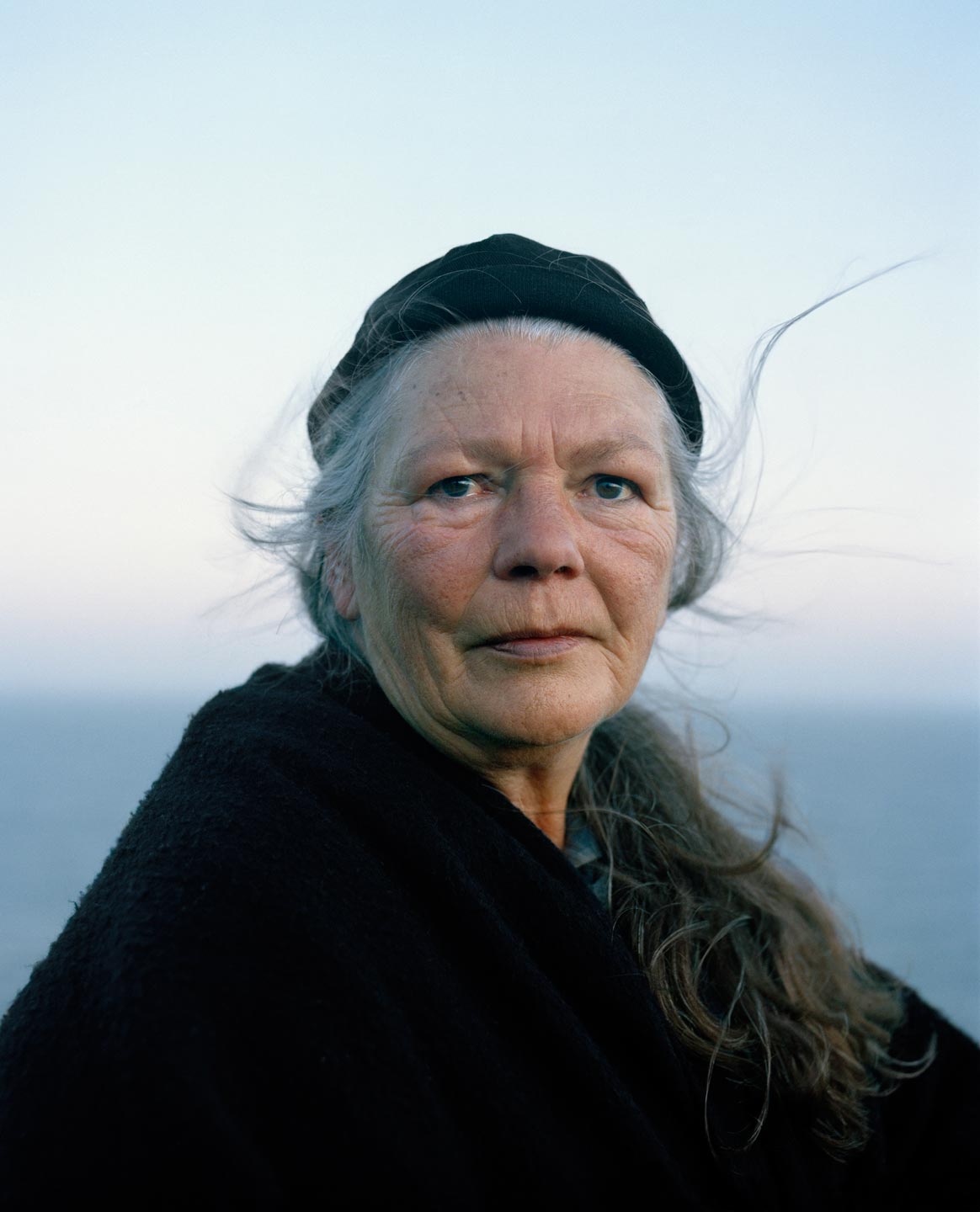
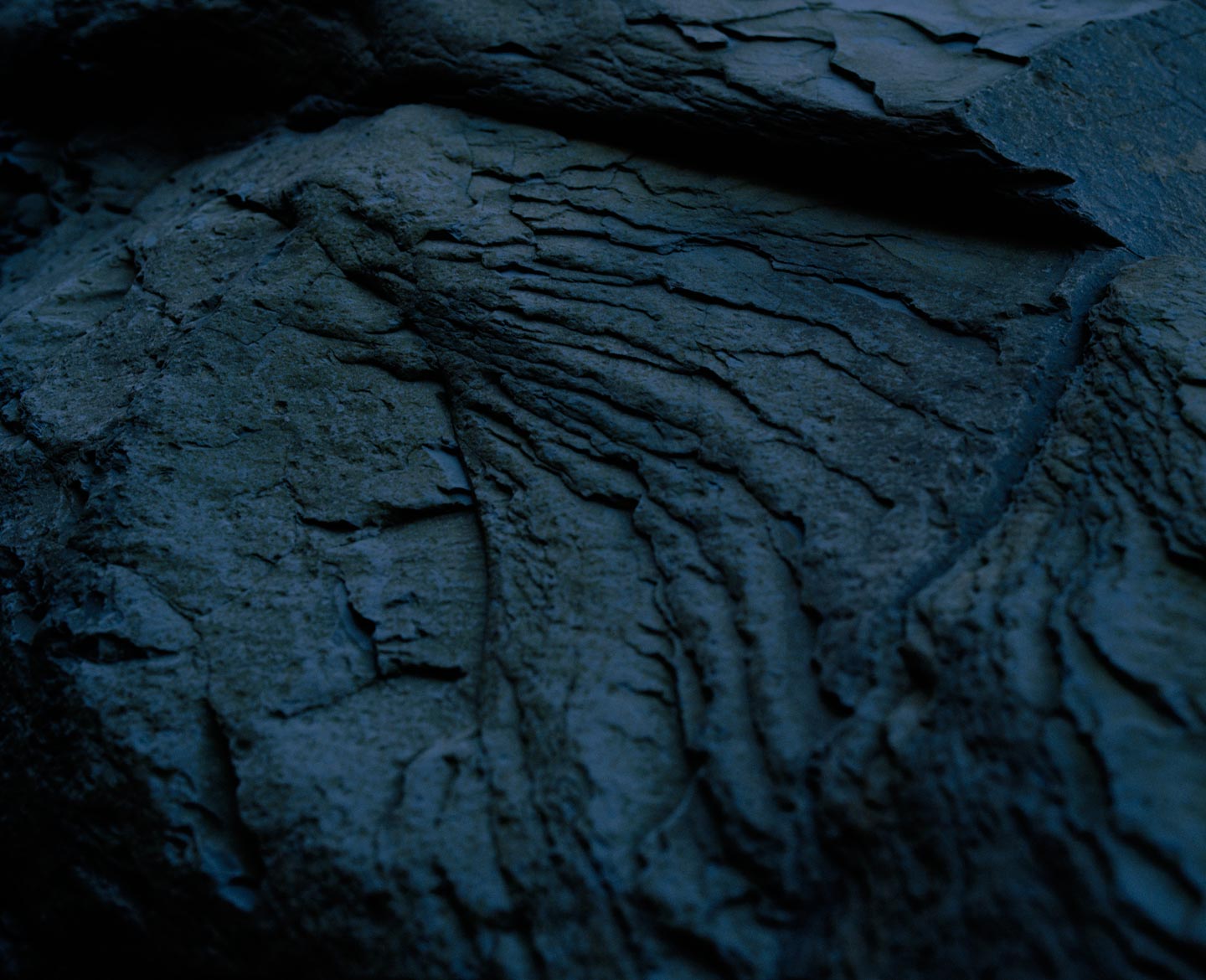
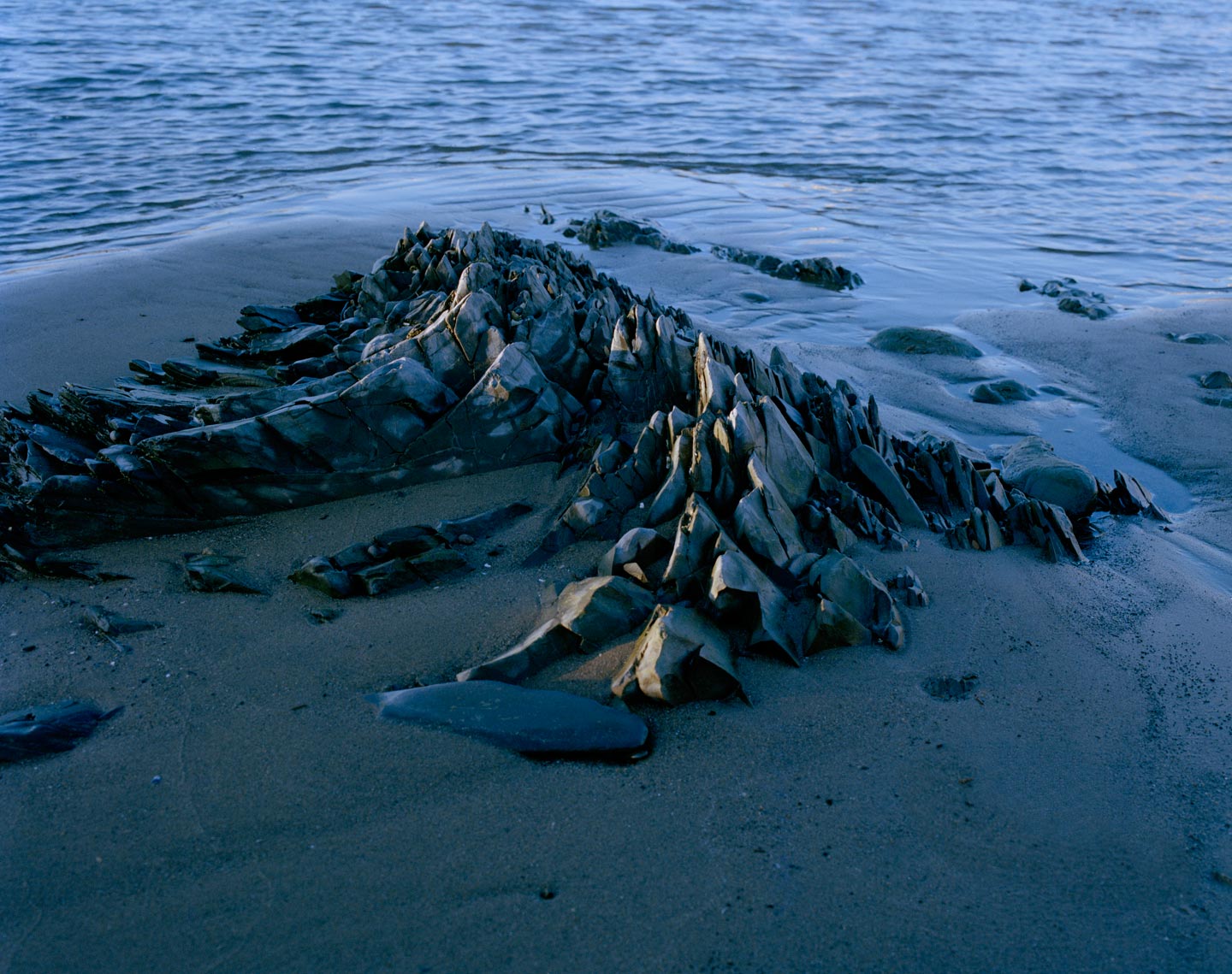
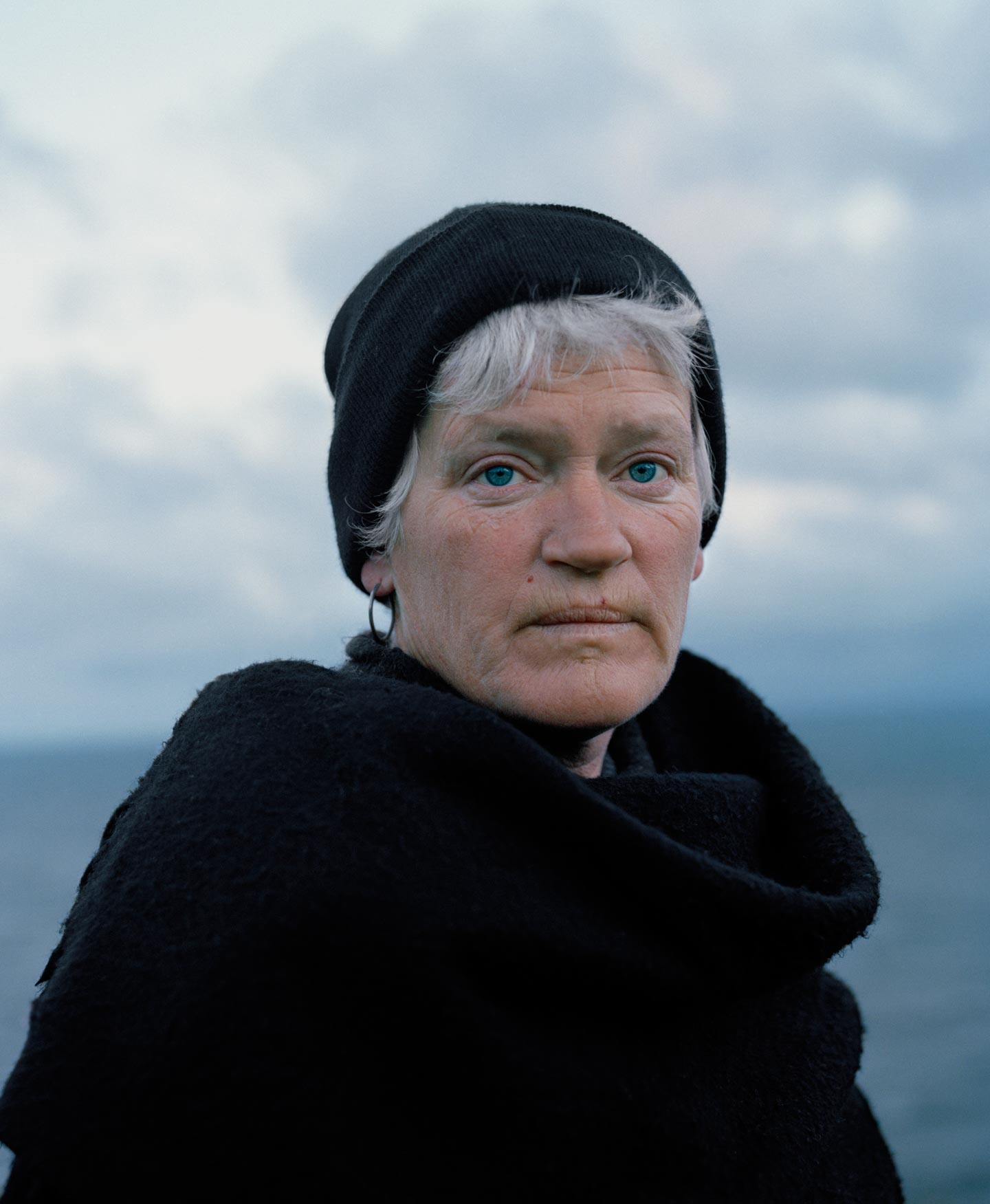
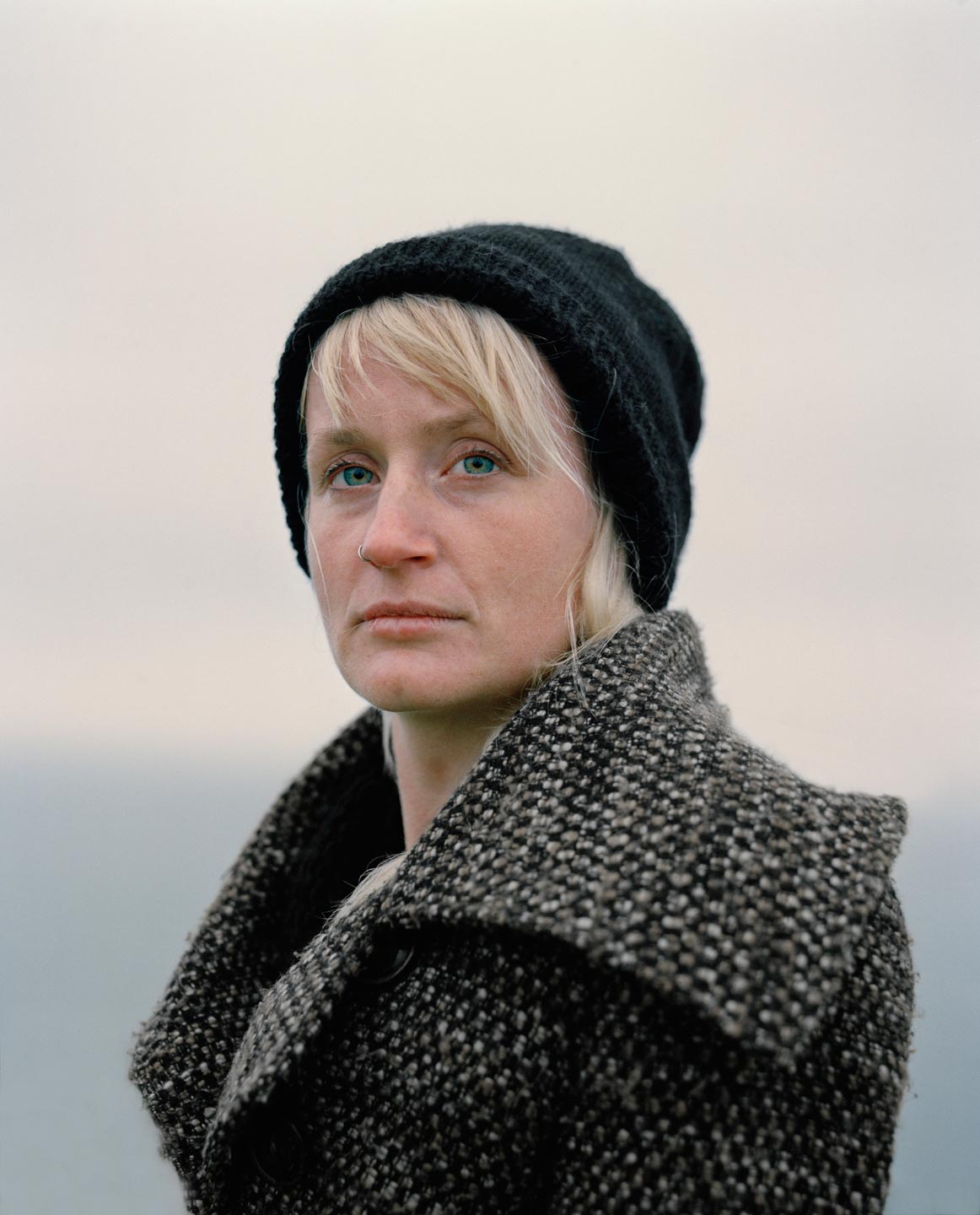
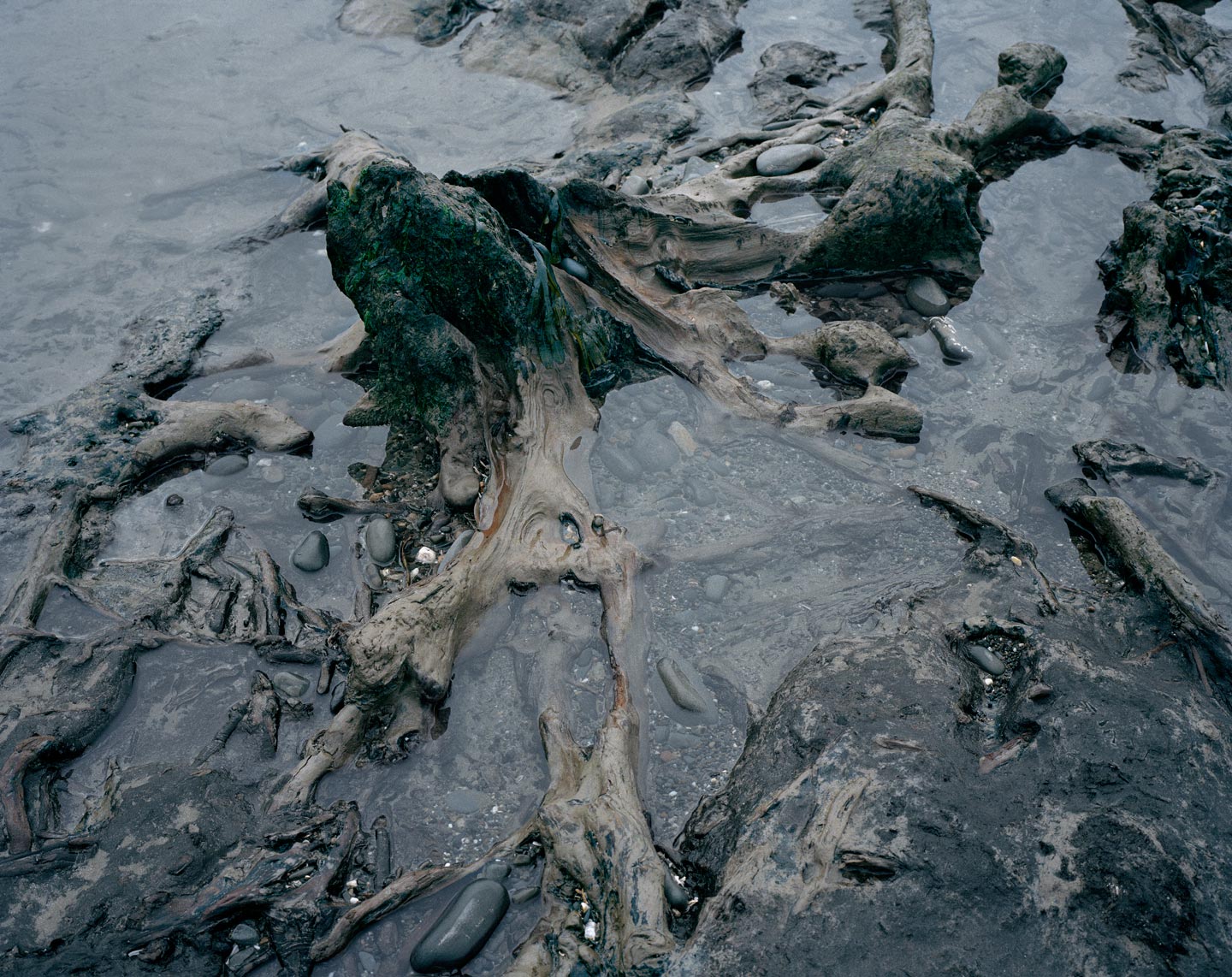

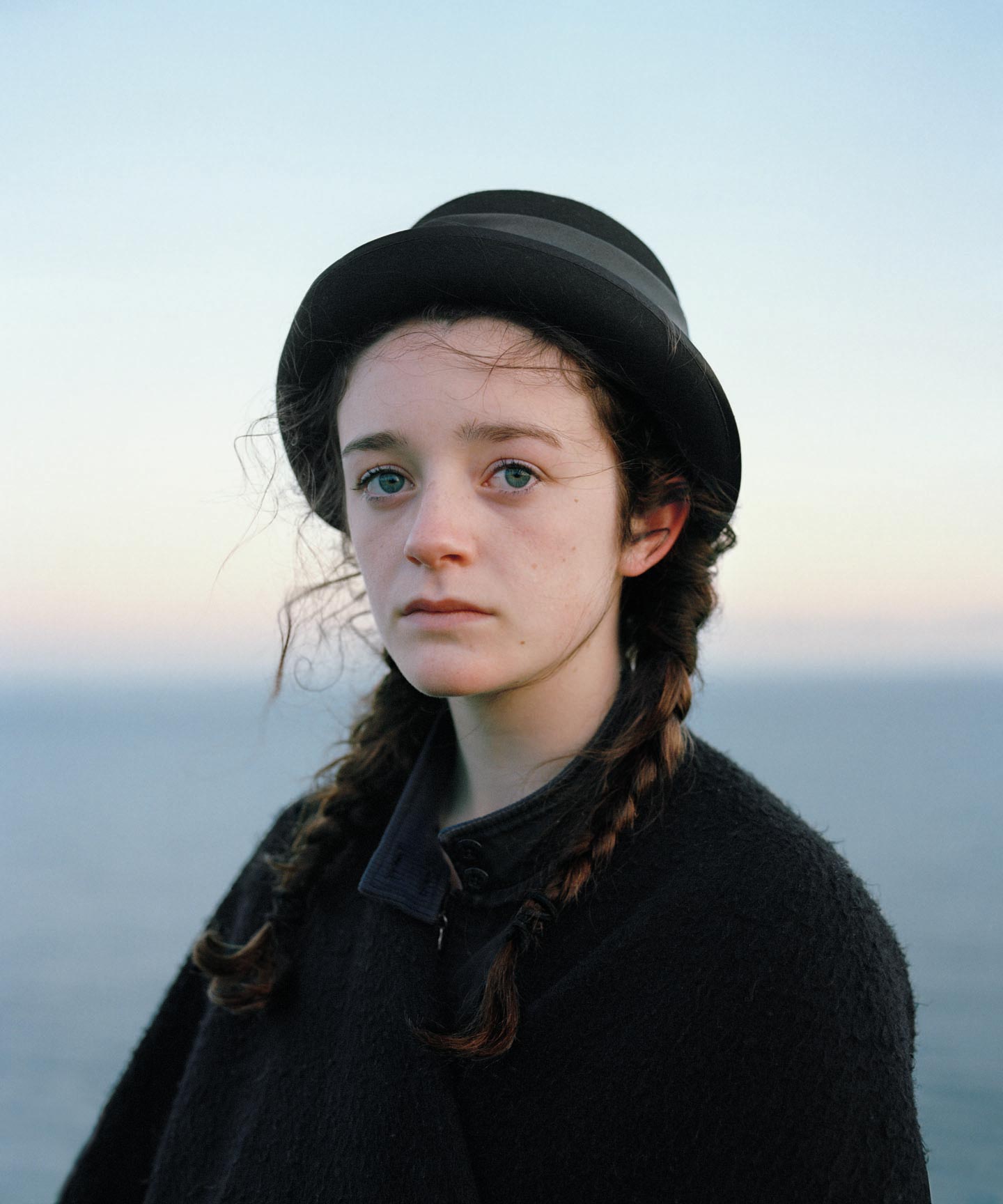



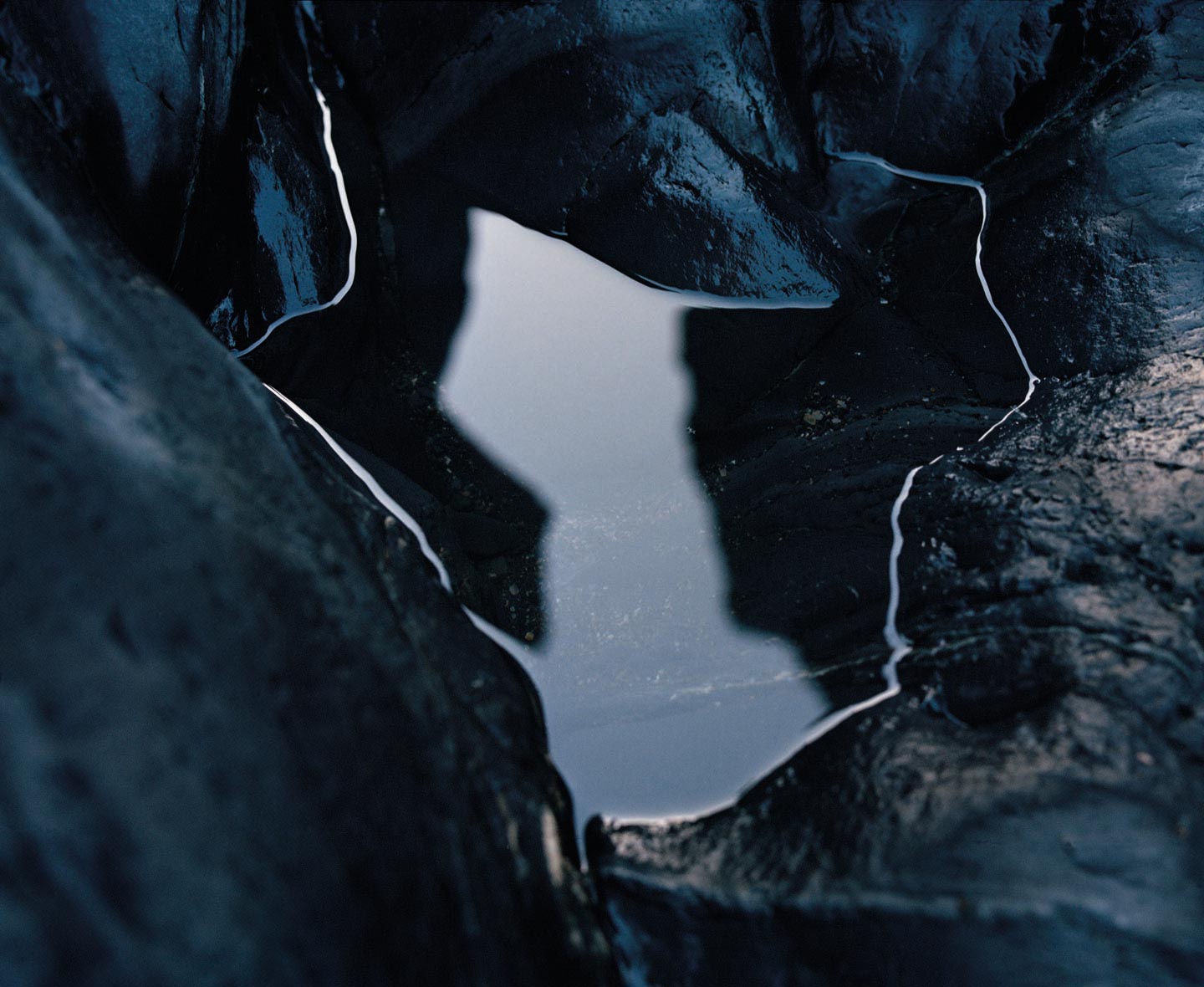
Whether your favorite in photography is portraiture or landscape work, you will love The Black Crows of Borth, a series by 29 year-old Swiss photographer Mira Andres. Inspired by the old story of the widowed women of Borth, a village in South Wales, who would walk along the coast in black clothes to reach a nearby town, the series mixes beautiful photos of Borth’s contemporary women and the Welsh coast, with a unifying element: the special light in which they were shot—just before sunrise, or moments after sunset.
Hello Mira, thank you for this interview. Please introduce us to your series The Black Crows of Borth and the story that inspired it.
The Black Crows were rebellious and feisty women living in Borth, a coastal village in mid Wales. Harvesting cockles and herring from the sea, they carried their catch over the cliff path to sell in the market of the nearby city of Aberystwyth. Descending with fluttering black garments from the cliffs towards the market, the Aberystwyth women named the Borth women after black crows due to their close grouping and their rebellious characters. Wearing black clothes was traditional centuries ago and many women were widowed, as many men went to sea and never returned home. This fact left many women alone, but also brought them closer together adapting to an independent matriarchal lifestyle.
Inspired by this socio-historical seafaring context, I explored contemporary Borth and portrayed a new generation of strong women in the spirit of the matriarchal society of centuries ago.
How did you find out about the story of the women of Borth, and why did you decide to make a project about it?
Paradoxically, a photography project often starts with me being irritated about something—a place, for example—which then turns into curiosity when giving it the chance to develop conceptually. The village of Borth, with its residents, is such a place to me.
While completing my photography degree in Newport, I travelled back and forth to mid Wales in order to work on various different projects focusing on the human relationship with the natural environment. Intrigued by the lifestyles people chose to live, the natural beauty of the landscape and the interesting group of women making art in Borth, I was searching for a theme that would connect that close knit community with the sea from a female perspective. Every second Saturday of the month, the Friendship Inn—a Borth pub with an antique shop upstairs—holds a jam session night. During one of those nights, a local resident mentioned to me the story of the Black Crows of Borth.
Who are the women you photographed for the portraits of the series?
The people I portrayed are female artists and young women who are living within that particular creative community in Borth. While spending time in the community, I observed a strong bond between the young and the old generation, where knowledge, creativity and activities are shared and exchanged. The women photographed have a strong charisma, an element I found most fascinating to capture with the camera.
Besides the portraits, The Black Crows of Borth also includes a group of landscape photographs. Can you talk a bit about your approach to the work, and why you mixed portraits and landscapes?
While in my final year at University I wanted to take my research and documentary photography approach to the next level using less descriptive methods. I wanted to leave enough room between the text and the photographs for people to read between the lines. I created descriptive photographs too, but only to exclude them again from the final selection.
Documenting the natural phenomena surrounding Borth—the bog, the ancient submerged forest, the sea and the somber cliffs—in order to talk about Borth’s geographically isolated location was as important, as was looking for an aesthetic which connected the landscape with the portrait photographs. The light of the blue hour was that crucial element for the aesthetics. This particular light occurs just before sunrise or just after sunset: I haven’t seen a light source so intense anywhere else.
Did you have any specific references or sources of inspiration in mind while working on The Black Crows of Borth?
During the project’s development I kept record of all external influences and collected all relevant references. From historical facts (museum, books and newspapers), to visual and audio inspirations, to personal physical experiences while engaging with the environment and the people. Inspired by Ester Vonplon‘s work Surselva, Ritta Ikonnen and Karoline Hjorth’s Eyes as Big as Plates or Daesung Lee’s On the Shore of a Vanishing Island, I also work with the colors I feel when exploring a place.
What have been the main influences on your photography?
Studying Ester Vonplon’s approach and Rineke Dijkstra’s portraits methods, and Alec Soth’s and Paul Graham’s conceptual approaches, was as influential as studying Ben River’s film narratives or reading literature on socio-cultural, psychological and environmental related themes.
Who are some of your favorite contemporary photographers?
Paul Graham, Rineke Dijkstra, Jacob Aue Sobol, Acacia Johnson, Roni Horn, Ryan McGinley and Katrin Koennig to name a few.
Choose your #threewordsforphotography.
Identity. Nature. Intuition.
Keep looking...

FotoCal — Photography Awards, Grants and Open Calls Closing in June 2025

FotoCal — Photography Awards, Grants and Open Calls Closing in May 2025

FotoCal — Photography Awards, Grants and Open Calls Closing in April 2025

FotoCal — Photography Awards, Grants and Open Calls Closing in March 2025

FotoCal — Photography Awards, Grants and Open Calls Closing in February 2025

FotoCal — Photography Awards, Grants and Open Calls Closing in January 2025

FotoCal — Photography Awards, Grants and Open Calls Closing in December 2024




